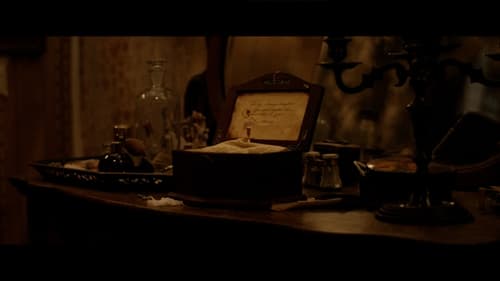
Colorist
While staying at an Airbnb in upstate New York, Robert and May find themselves in a haunted house. The problem is, they can't remember anything that happens downstairs.

Colorist
“Centuries and Still” is a mixed media illustrated short film telling the history of anti-Asian racism and violence in the U.S. The film seeks to unveil how history took part in the birth and perpetuation of today’s surge of anti-Asian discrimination and hate crimes. The search for justice goes back to the Gold Rush era fetishization of Asian women, to today’s hate crimes targeting Asian elders. (Film Shortage)

Colorist
Sam Green's intimate portrait of Annea Lockwood shares with us a glimpse into the enthralling world of sound that she has been exploring and creating for many years. It is a touching and personal story of imagination and love.

Editorial Services
A conversation about love and life in the California desert. Another collaboration between Ott and one-of-a-kind actor Cory Zacharia (Littlerock), the two forge a slice of character and an idiosyncratic portrait of loneliness.

Color Designer
Though up to 20% of students are dyslexic, many pass through school unidentified, misunderstood and performing below their potential. Paradoxically, these disorders are often found in highly intelligent, creative minds, and can also be seen as a gift, because many people with dyslexia naturally think outside the box and see the big picture, finding alternative solutions to problems that others might not see.

Colorist
The Universal Language is a new documentary from Academy Award-nominated director Sam Green (The Weather Underground). This 30-minute film traces the history of Esperanto, an artificial language that was created in the late 1800s by a Polish eye doctor who believed that if everyone in the world spoke a common tongue, humanity could overcome racism and war. Fittingly, the word “Esperanto” means “one who hopes.” During the early 20th century, hundreds of thousands of people around the world spoke Esperanto and believed in its ideals. Today, surprisingly, a vibrant Esperanto movement still exists. In this first-ever documentary about Esperanto, Green creates a portrait of the language and those who speak it today that is at once humorous, poignant, stirring, and ultimately hopeful.





